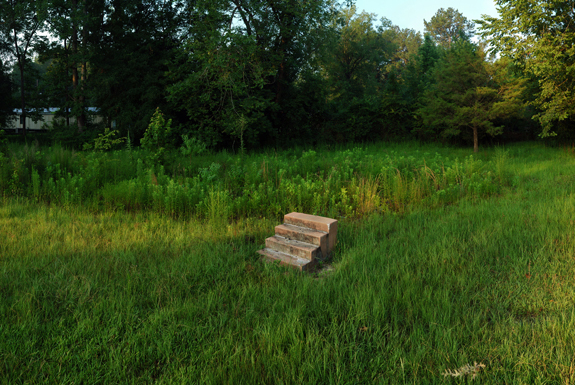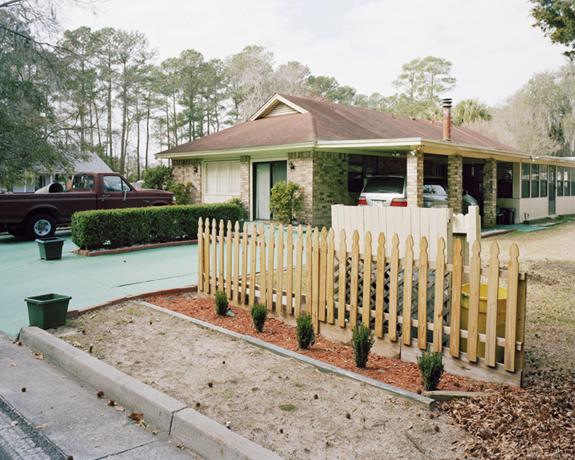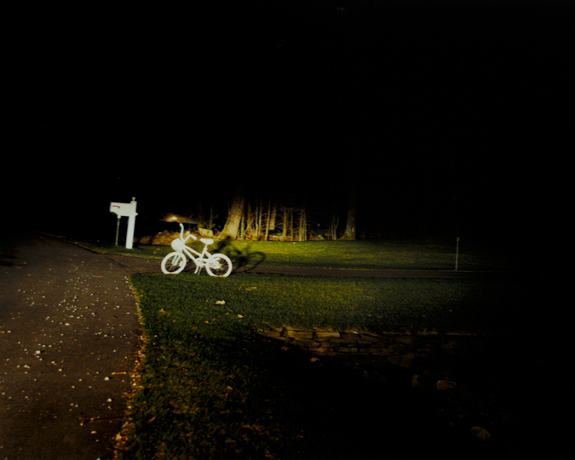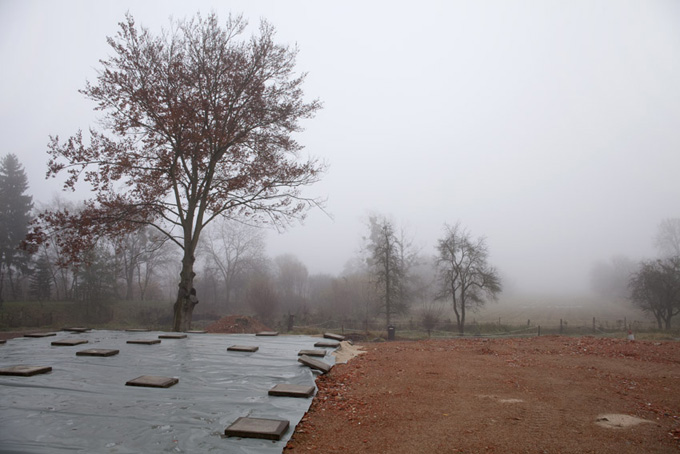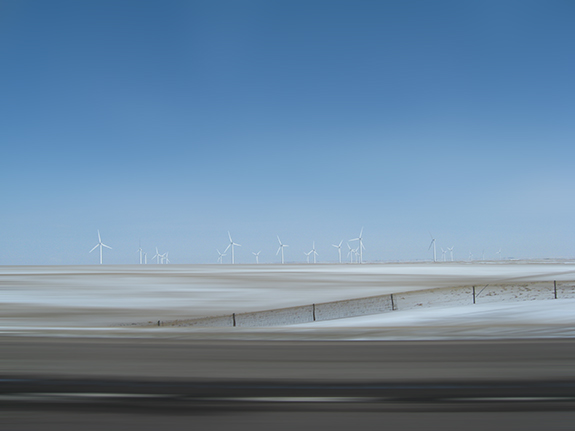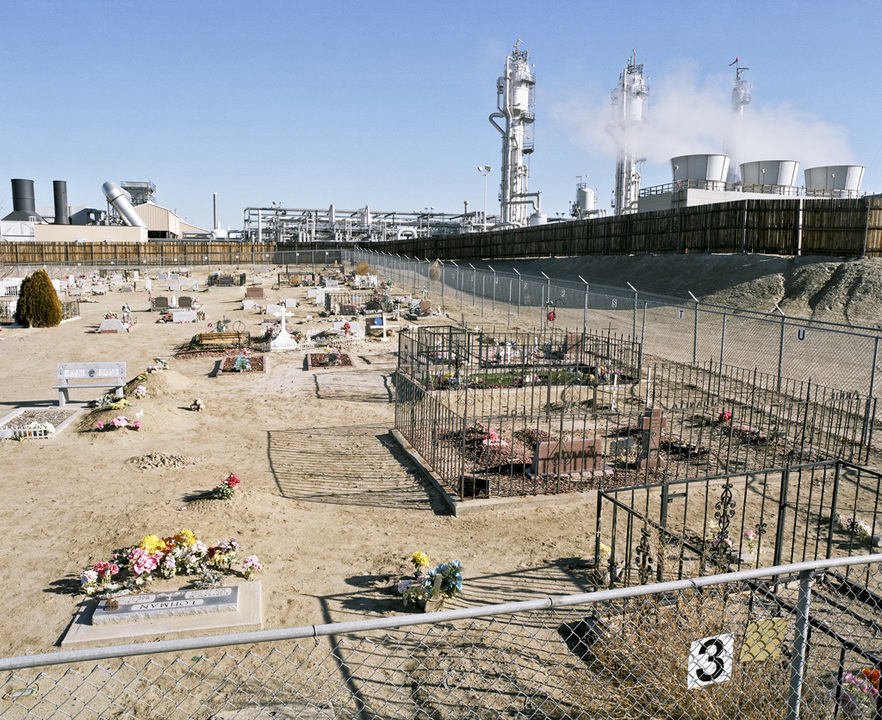
Shiftless is a two-year photographic work in the places around the unused nuclear plant of Garigliano in Italy, which takes its name from the important river running along before going all the way to the sea. Closed for maintenance in 1982, the plant doesn’t show on maps because it turned out to be “unauthorized,” since it was built on agricultural land.
Now it contains 3,000 cubic meters of nuclear waste inside concrete blocks, some of them stacked underground in plastic bags. The nuclear presence is in everything, in the empty houses, in the vegetation, in the carcasses lying in the fields, in the water and in those barely-visible human life efforts.
The atmosphere is of a nuclearized, deserted place, witness of a past which, as invisible as the plant, lingers in the present. Staring at the broken caravan windows, the withered palms, the swinging neon lights from the knocked down walls, gives you a sense of inertia, of shiftlessness.
A beautiful land full of potential, victim of man’s carelessness. The river gets into the sea, the waves retracting show on the shore an impressive mass of wastes of various kinds. They are symbols that “nature always gives back what it received.”
— Raffaele Capasso & Francesco Claudio Cipolletta, Naples, Italy
